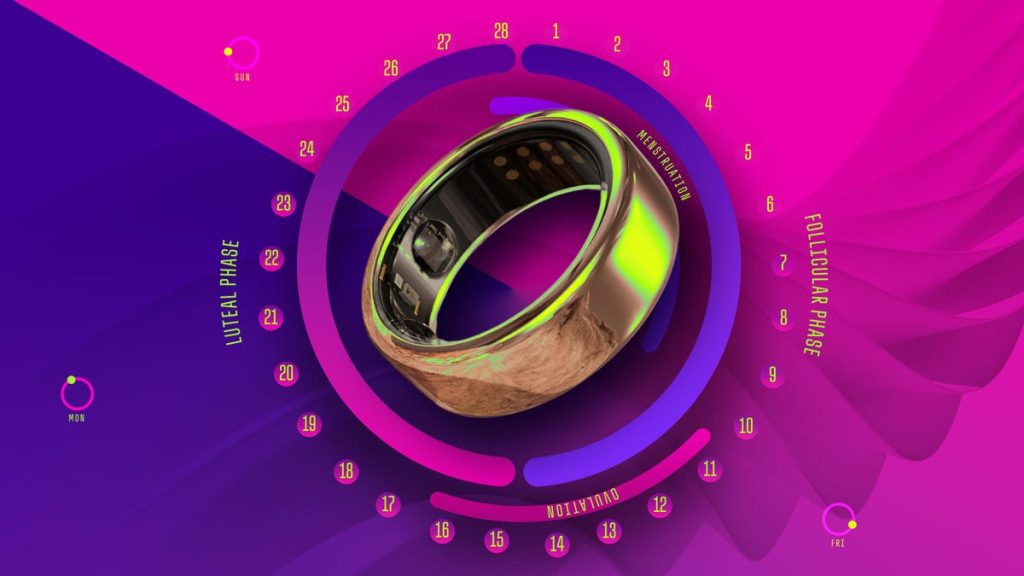The menstrual cycle has become a focal point in the wellness space on platforms like TikTok, where users share experiences tracking their cycles using the Oura ring and apps like Natural Cycles. This trend aligns with a growing interest in understanding the body’s natural cycles and using technology to gain more insight. While hormonal contraception is commonly used for various health issues, some individuals seek a more detailed picture of their menstrual cycle after being on birth control for an extended period. However, accurate fertility tracking can be challenging, especially for those with irregular cycles or those who have recently come off hormonal birth control.
Wearables like the Oura ring offer new possibilities for tracking menstrual cycles by providing basal body temperature readings throughout the night. This data can be integrated with apps like Natural Cycles to estimate fertile windows for contraception or conception. However, the accuracy of these methods relies on consistent monitoring and attention to detail, as external factors like poor sleep or incorrect usage can impact the data. While fertility awareness methods can be effective when used correctly, combining multiple tracking methods may enhance accuracy.
Tech companies are increasingly interested in leveraging menstrual cycle data for health insights. Companies like Apple are conducting research on menstrual cycles and their connection to various health conditions. However, concerns about data security and privacy have been raised, especially in regions where reproductive rights are facing restrictions. As more individuals seek to understand their bodies and menstrual cycles, there is a growing demand for wearable technologies like the Oura ring and apps like Natural Cycles to provide comprehensive insights and data analysis.
The introduction of new wearables like the Evie ring presents additional options for tracking menstrual cycles. While devices like Evie offer unique features like a more affordable price point and an emphasis on holistic health data, they may lack certain capabilities like temperature tracking used in conjunction with apps like Natural Cycles. The evolving landscape of smart rings and wearables provides opportunities for more refined health metrics and improved tracking methods for individuals seeking to enhance their menstrual cycle health.
Fertility awareness instructors like Cait Molony emphasize the importance of caution and additional tracking methods when using technology-based fertility tracking for contraception. While technology can provide valuable insights, it is not foolproof and may require supplemental tracking methods like cervical mucus analysis. Healthcare professionals also stress the importance of patient-doctor transparency when it comes to prescribing birth control and exploring alternative options. Overall, there is a growing trend of individuals seeking to understand and take control of their menstrual cycles, prompting discussions around education, empowerment, and informed decision-making.


